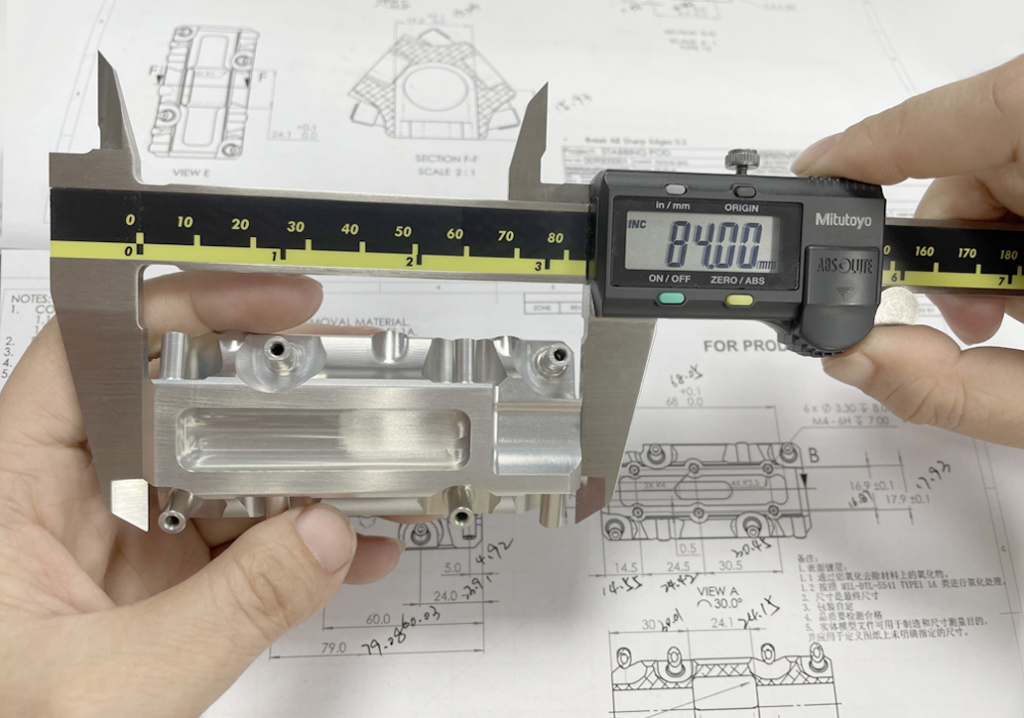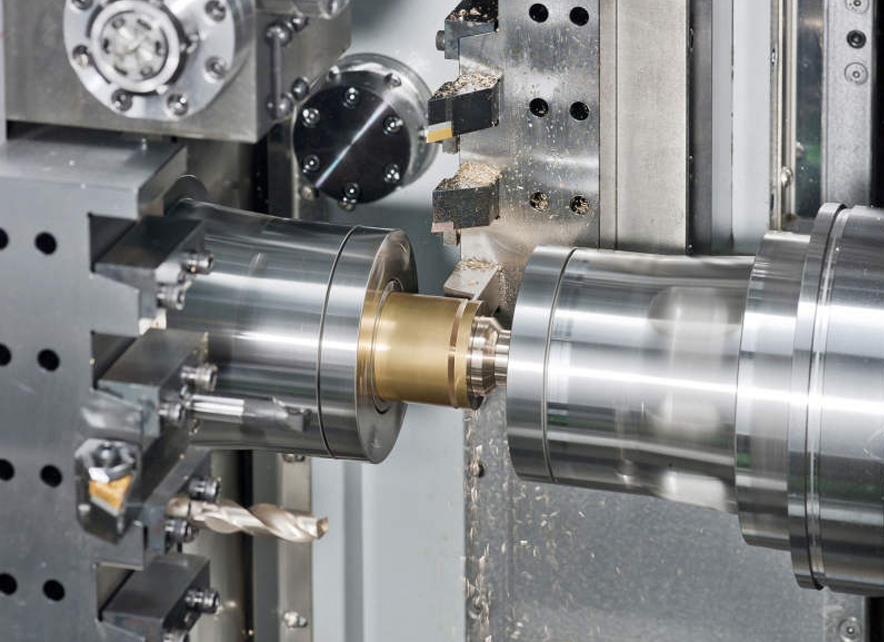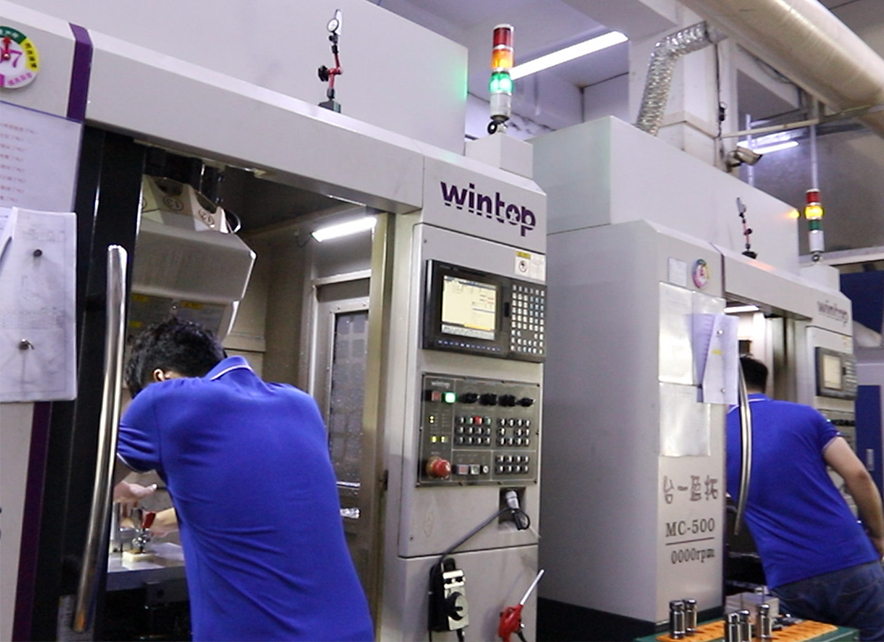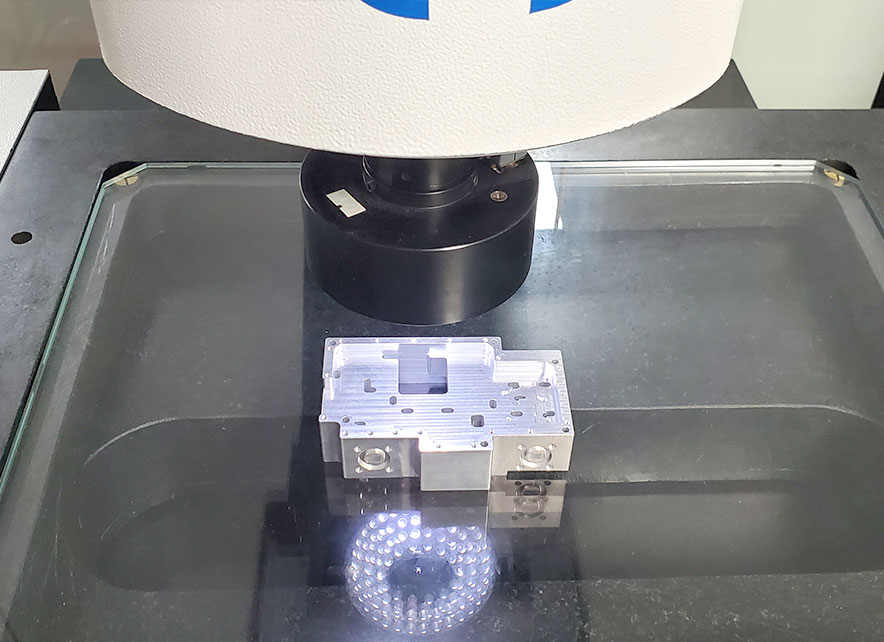IMore than 10 years of Experience, Summary of CNC machining Experience.

Posted on : june 11, 2022 By GREFEE
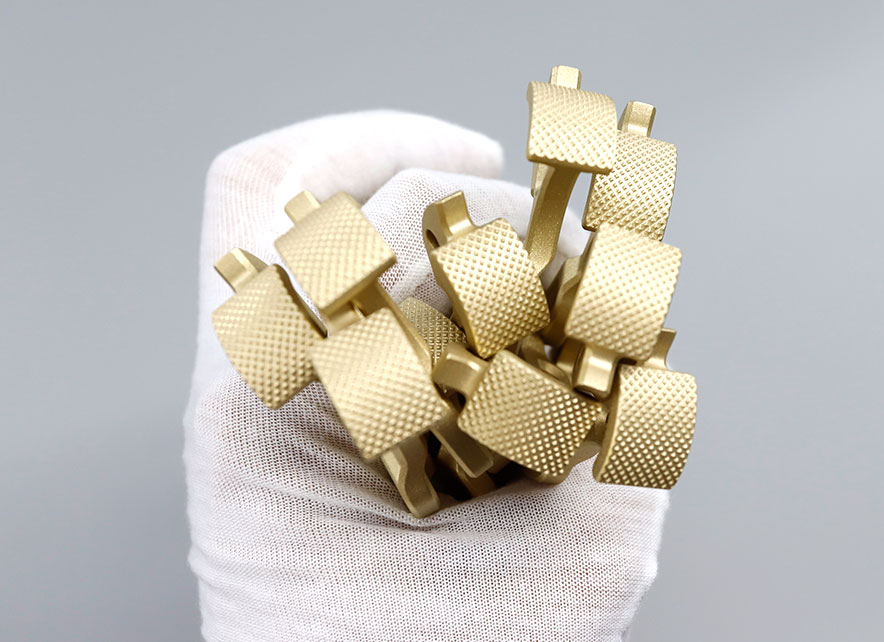
CNC machining refers to machining with CNC machining tools. Since CNC machining is operated by the computer after programming, it has stable processing quality, high machining accuracy, and high repetition accuracy. It can process complex profiles and has high processing efficiency. In the real machining process, factors like people and the working experience influence the machining quality of the end products to a large extent. Follow below to carry out the CNC project successfully!
1.How to divide processing operations
The divide for the numerical processing procedures follow the belwo steps.
(1). Tools (milling tool) centralized sorting method divides the process according to the cutter used. Processing all the areas on the parts with one cutter, then changing to the second cutter and third cutter to finish the other parts. By doing so, the number of tool switches, compress the idle stroke time, and unnecessary positioning errors.
(2). Use the processing position sorting method to process parts with different contents. We can divide the processing part according to its structural characteristics, such as inner shape, outer shape, surface, plane, etc. Generally, the plane and positioning surface is processed first and then is the hole. The first is to press simple geometry and then process complex parts with high accuracy requirements.
(3). Use the rough and fie machining method to process parts that tend to deform. After the rough machining, it needs to adjust the deformation. So, rough machining and fine machining are usually separated. Based on the above, when dividing the procedures, we must consider the structure and the machinability of parts, functions of lathes, CNC machining content, installation times, and a flexible grasp of the production organization status. Another piece of advice is to decide whether to utilize the concentration principle or the procedure distribution should be based on the real situations but must be reasonable.
2. what princilples should be followed in the arrangement of the processing
The arrangement of the processing orders should be based on the structure and blank conditions, as well as the positioning fixtures. The key is not to break the rigidity of parts. The processing orders should follow the below principles.
(1). The processing of the last procedure should not affect the positioning and fixtures of the next step. The processing orders with general lathes should be considered, too.
(2). Processing the inner shape and internal cavity first and then is the outer shape
(3). Use one positioning and fixture mode, or the processing orders of one tool should be connected to reduce the number of repeat positioning, knife replacing, and movable pressing plate times.
(4). When carrying out multiple procedures in the same installation, start with the procedure that has minimal impact on the rigidity of parts.
3、 What aspects should be paid attention to in determining the clamping mode of workpiece?
When confirm the positoining datum and clamping scheme, three points should
(1). Try to keep the consistency between the design, technology, and program
(2). Try to reduce the clamping times, and process all surfaces to be machined after one positioning as far as possible.
(3). Avoid using the manual adjustment scheme of machine occupation.
(4). Ensure the fixture is in a smooth condition. The position and the fixture structure should not affect the tool-setting in machining (such as collusion). For this situation, add the bottom plate and pull the screws to clamp the part.
4. How to confirm the cutter point? What is the relationship between workpiece coordinate system and programming coordinate system?
The cutter point can be set on the part that is machined. However, the cutter point must be the reference position or finished workpieces. Sometimes, the cutter point might be broken after the first step, which leads to difficulties in finding the cutter point in the second and the following procedures. Thus, in the first process of the toolset, a relative tool position should be set where there is a relatively fixed dimensional relationship with the positioning datum. By doing so, the original cutter point can be found according to their relationship. This relative tool setting position is on the worktop of lathes or jigs. The selection principles are:
(1). easy to align
(2). convenient to program
(3). tool setting errors are less
(4). easy to inspect when progressing
The operators decide the origin position of the workpiece coordinate system. After clamping, through the confirmation of the tool setting, it reflects the distance and position relationship between the workpiece and the null point of the lathes. Once the coordinate system is set, there is no need to change it. The coordinate system and the program coordinate system must be consistent.
5. How to choose the optimal moving path
The moving path refers to the motion path and directions of the tools relative to the workpiece in the CNC machining process:
(1). promise the machining accuracy of parts
(2). Convinent for the value calculation, reduce the program workingload.
(3). Seek for the shortest machining path, reduce the time of idle stroke to increase the working effiviency.
(4). Reduce the number of program fragments as far as possible.
(5). Promise the workpiece contour surface roughness after machining. The contour should be finished straight away in the last tool setting .
(6). The feed and retract (cut in or out) path of tools should be considered carefully to avoid the tool marks resulting from the stop at the contour (the sudden change in cutting force causes the elastic deformation). Avoid vertical cutting on the contour face. So, it is less likely to scratch the surface of the workpiece.
6. How to monitor and adjust in the processing?
After aligning and adjusting the workpieces, it automatically moves into the processing stage. In this stage, the operator should monitor the cutting process in case of any quality issues and accidents due to abnormal cutting practices.
Considerations in monitoring the cutting process:
(1). The reason for monitoring the rough machining is to remove the allowance on the surface of the workpiece quickly. In the automatic machining process, according to the cutting amount and cutting path already set, the cutter will carry out the process automatically. In this stage, the operator should pay attention to the change of the cutting load through the cutting load meter and adjusts the cutting amount according to the bear condition of the tools to achieve maximum efficiency.
(2). In the cutting progress, continue recording the cutting sound in the automatic cutting process. Generally, the sound is stable, consistent, and brisk when the cutting begins. With the progress, the cutting progress becomes unstable due to the hard spots, wear, or clamping. The erratic cutting is demonstrated through the change of the cutting sound. The tool and workpiece will collide, and the machine tool will vibrate. The cutting amount and conditions should be adjusted at this point. When the adjustment is ineffective, stop the lathe and check the cutters and conditions of the workpiece.
(3). Fine machining process. Monitor the fine-machining process to ensure the processing dimension and surface quality. Since the cutting speed is high, the feeding parameters are large, too. Therefore, the operator should not neglect the influence of BUE on the surface. For cavity processing, the operator should pay attention to the over-cutting at corners and cutter relief. The solution for the above issues is adjusting the spray position of the cutting liquid to make the surface of the workpiece under a cooling condition. The second is to pay attention to the quality of the already machined face by adjusting the cutting amount. If the adjustment is ineffective, shut down and check the reasonability of the programming. What is worth noticing is that, in the suspension inspection and shutdown inspection, be aware of the position of the cutters. If the cutters shut down or the sudden spindle stop during the cutting process will lead to the tool marks on the surface of the workpiece. Generally, shut down the machine when the cutter is out of the cutting process.
(4). Cutter monitoring. The quality of the cutters largely determines the machining quality of the workpieces. In automatic cutting, many measurements are used to judge the ordinary and abnormal wear conditions through sound control, cutting time control, suspension inspection during the cutting process, surface analysis of the workpiece, etc. Process the cutting tools in time according to the processing requirements to prevent machining quality problems caused by tool failure to be handled in time.
7. how to select the right cutters? what are the serveral elements of cutting amount? How many tools of different materials do we have? How to make sure the rotating speed, cutting speed, and cutting width of cutters?
(1). A non-regrinding carbide end milling cutter or end milling cutter should be selected for plane milling. Generally, secondary cutting is encouraged in general milling. Rough milling with an end milling cutter is suggested in the first cutting. Continually cutting along the surface of the workpiece. The cutting width at each time should be 60%-75% of the diameter of the cutters.
(2). End mills and end mills with carbide inserts are mainly used to process bosses, grooves and box mouth surfaces.
(3). Ball cutter and round cutter (also known as round nose cutter) are often used to process curved surface and angle contour. Ball knives are mostly used for semi finishing and finishing. The round cutter with cemented carbide cutter is mostly used for roughing
8. what is funciton of the processing program sheet? what should we include in the processing program sheet?
(1). The processing program sheet is one part of the CNC machining process design, also the policies that the operators should follow and practice. The detailed introduction of each procedure lets the operator be clear about the content of practical guidelines, clamping and positioning modes, tool selection in each processing procedure, etc.
(2). The processing program sheet includes the drawing, programming file name, workpiece name, clamping sketch, program name, tool used in each program, maximum cutting depth, machining nature (such as rough machining or finish machining), theoretical machining time, etc.
9. preparation before the CNC program
After determining the processing technology, things need to know before the programing:
(1). clamping mode of workpiece
(2). size of the workpiece blank —— to determine the machining range or whether multiple clamping is required
(3). mateiral of workpiece —— for the tool selection in processing
(4). What are the tools in stock – avoid modifying the program because there is no such tool during processing. If there are any tools required, prepare them in advance.
10. What are the principles for setting the safety height in programming
Setting principles of safety height: generally is higher than the highest surface of the island or sets the program’s null point at the highest point, which can avoid the risks of the tool crashing.
11. after the tool path is compied, why post-processing?
Since different lathes identify different address codes and NC program formats, it is important to select the correct post-processing format should be selected for the machine tool used to ensure that the program can run successfully.
12. What is DNC communication?
Program delivery can be divided into CNC and DNC. CNC refers to the programs that are transported to the memory of the lathes through the media medium (such as floppy disk, tape reader, communication line, etc) So, it allows a permit in accessing all the procedures in memory during processing. Due to the storage of the memory being limited by the size, large programs sometimes can be processed with DNC modes. Since the lathe accesses the programs from the controlled computers in DNC processing, it is not limited by the capacity and size of the memory.
(1). There are three elements of cutting parameters: cutting depth, spindle speed, and feed speed. The general principle of selecting cutting parameters is: less cutting and fast feed (small cutting depth and fast feed speed)
(2). According to the classification of materials, the cutting tools are generally divided into ordinary hard white steel cutting tools (the material is high-speed steel), coated cutting tools (such as titanium plating), alloy cutting tools (such as tungsten steel, boron nitride cutting tools, etc.)
MORE BOLG
Categories

Try GREFEE now,for free
We keep your uploaded files confidential and secure.

